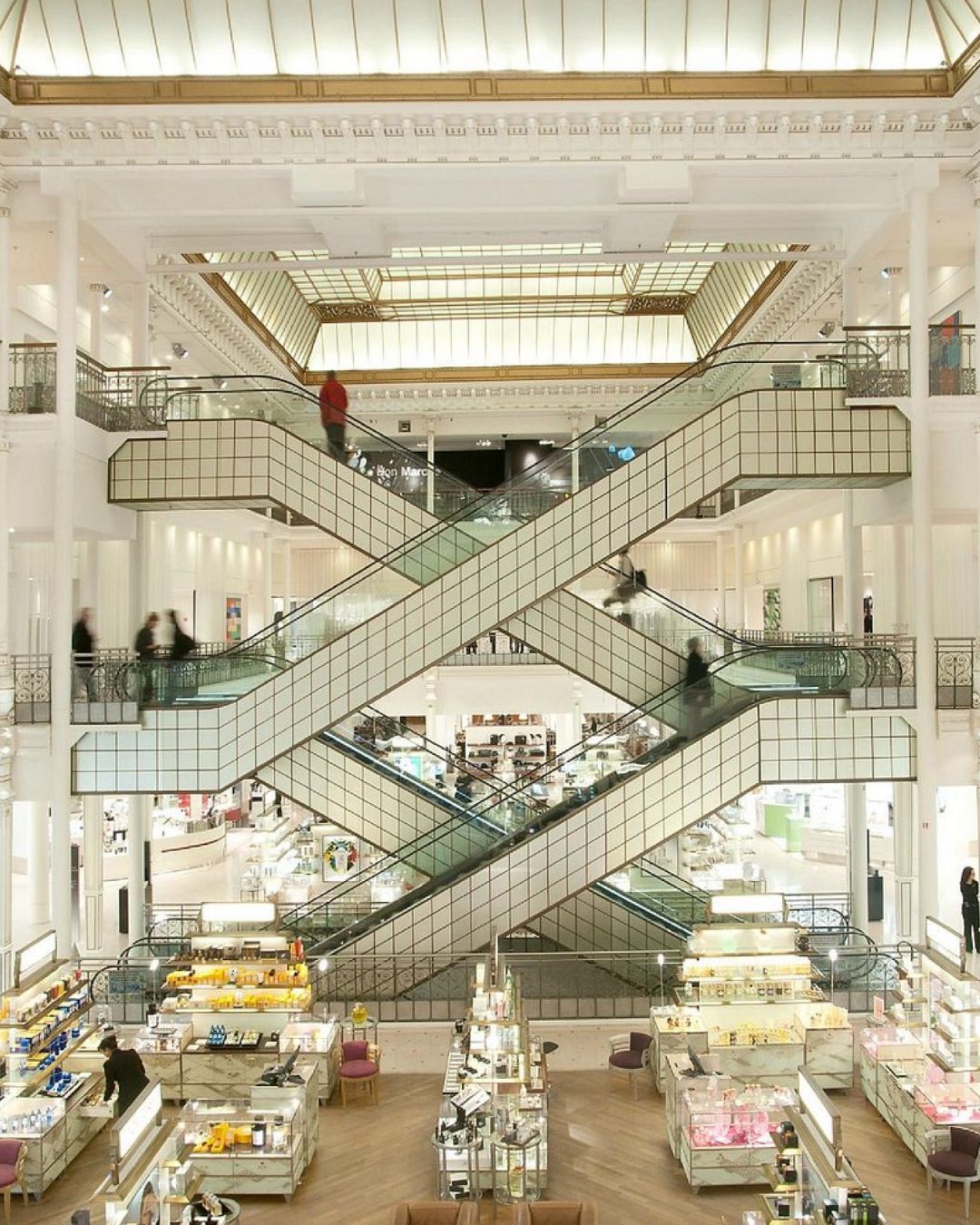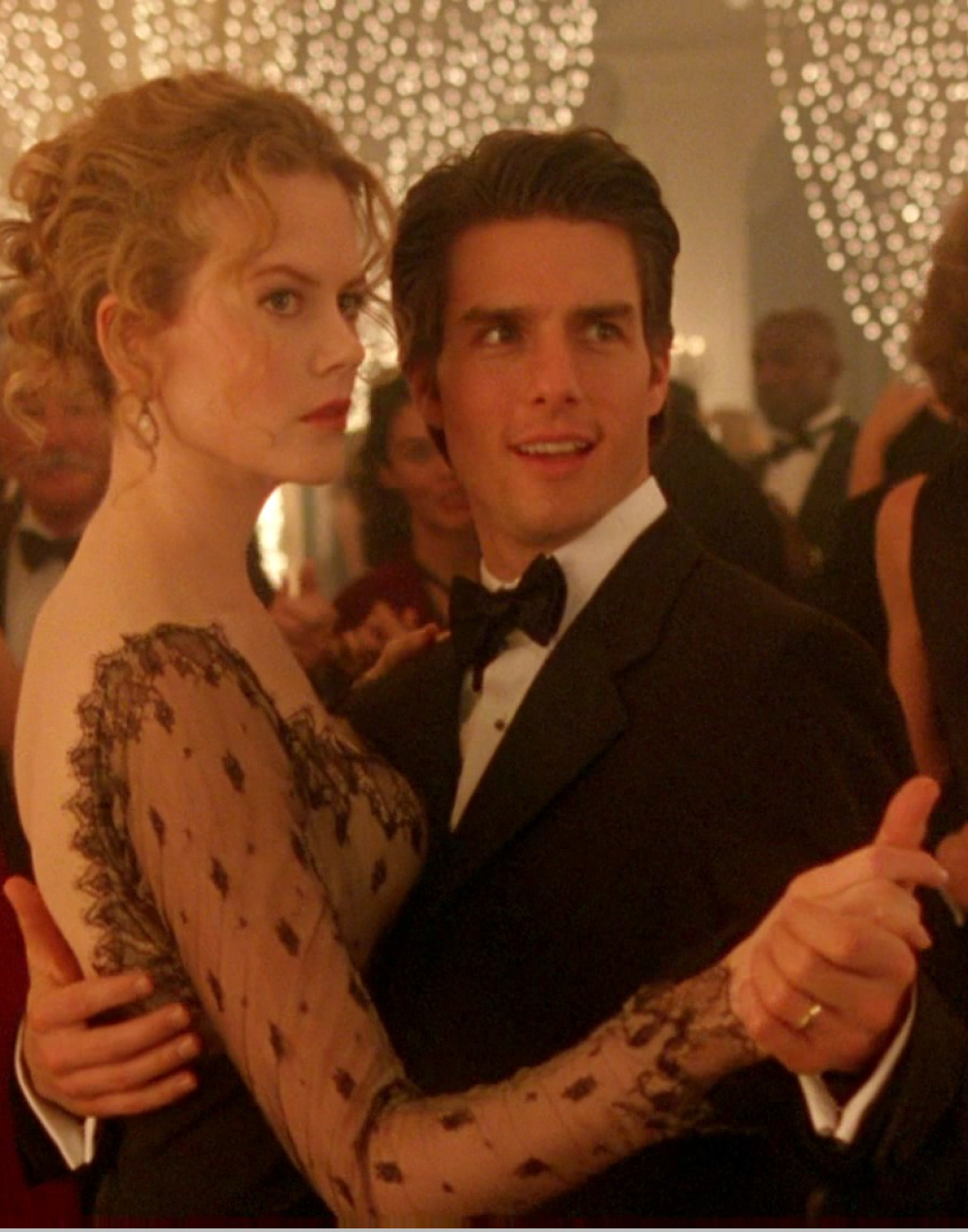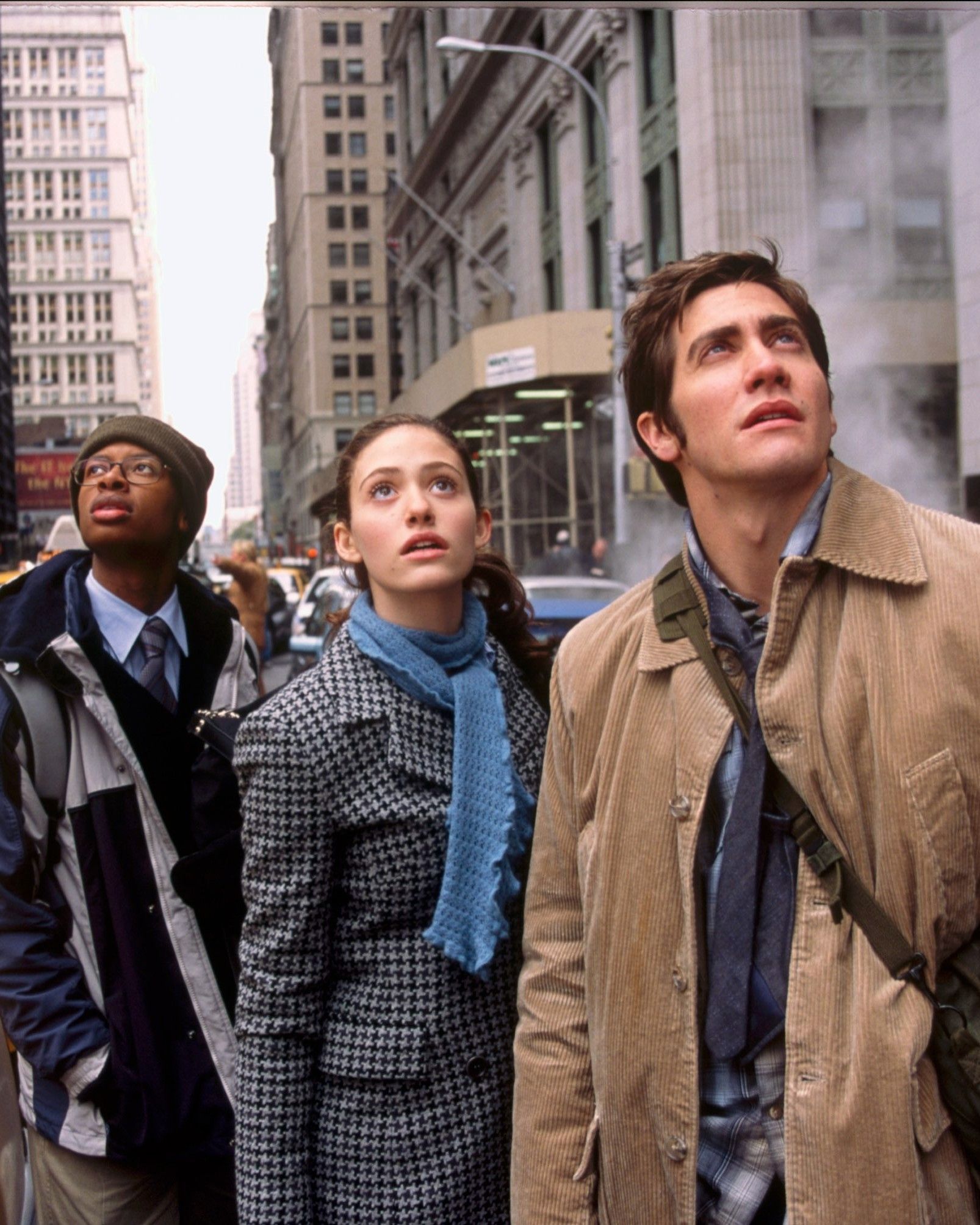
What does the future hold for department stores? Their evolution over time between tradition and modernity
The department stores, those temples of commerce that once embodied the opulence and prestige of shopping, are undergoing a radical transformation. From their brilliant beginnings in the 19th century to their adaptation to contemporary challenges, these retail giants are constantly evolving. As consumer preferences change and technology advances, they continually reinvent themselves to meet market developments and consumer expectations. In the 19th century, department stores such as Les Grands Magasins du Louvre and Le Bon Marché were not merely places of purchase. They were immersive spaces where the shopping experience was as important as the product itself. With their grand decor and varied services, they attracted consumers through total immersion in an atmosphere of luxury and sophistication. Department stores were designed to be places of meeting and entertainment, as well as places of consumption. This tradition of immersive experience persists today but is transforming. For example, Harrods in London has introduced interactive spaces that use augmented reality and artistic installations to enrich the shopping experience. Similarly, Galeries Lafayette Haussmann in Paris has launched (Re)-Store Kids, a space dedicated to second-hand clothing and toys, incorporating sustainability elements into their offering. These initiatives show how department stores integrate technology and interaction to maintain their appeal.
The second-hand market, particularly in the luxury sector, is booming. Once considered a marginal sector, it has now become an integral part of luxury retail. Department stores, responding to this trend, are opening spaces dedicated to these products. Galeries Lafayette Haussmann recently inaugurated Hojo Vintage, a space for second-hand luxury watches and jewelry. In partnership with Rolex, Kronos 360, and Castafiore, this space offers certified products to guarantee their authenticity. Stéphanie Hernandez Barragan, director of Hojo Vintage, indicates: "Customers are looking for quality products with a guarantee of authenticity. Second-hand perfectly meets this demand." This trend is also visible elsewhere. Selfridges in London has opened a similar space for second-hand luxury clothing, reflecting the growing interest in these items. Environmental awareness and the appreciation of unique pieces support this growth. Eco-friendly fashion is another facet of this transformation. Le Printemps in Paris created the (Re)-Store Kids space, which offers second-hand children's clothing and toys, in response to a growing demand for more sustainable products. Agathe Fontaine, co-founder of Family Affaire, says: "Parents want stylish and sustainable purchases. We are seeing an increase in demand for second-hand children's clothing." Nordstrom in the United States follows a similar trend by offering eco-friendly and second-hand fashion collections, reflecting a shift towards more sustainable consumption.
It goes without saying that they face challenges such as declining foot traffic in stores, the rise of e-commerce, and evolving consumer behaviors. However, these challenges offer opportunities to reinvent their business model. Initiatives like second-hand spaces and immersive experiences are not just responses to these challenges but also opportunities to redefine their role. Department stores must balance tradition and innovation to attract modern customers while preserving their heritage. For example, La Samaritaine in Paris, after a long renovation period, shows how to combine history with contemporary demands to offer a unique experience. The future of department stores seems oriented towards increased integration of sustainability, technological innovation, and customer experience. These institutions could evolve into multifunctional spaces, combining shopping, culture, and leisure to meet modern expectations. The department stores of the future could thus become versatile places, offering enriching experiences beyond mere commercial transactions.














































